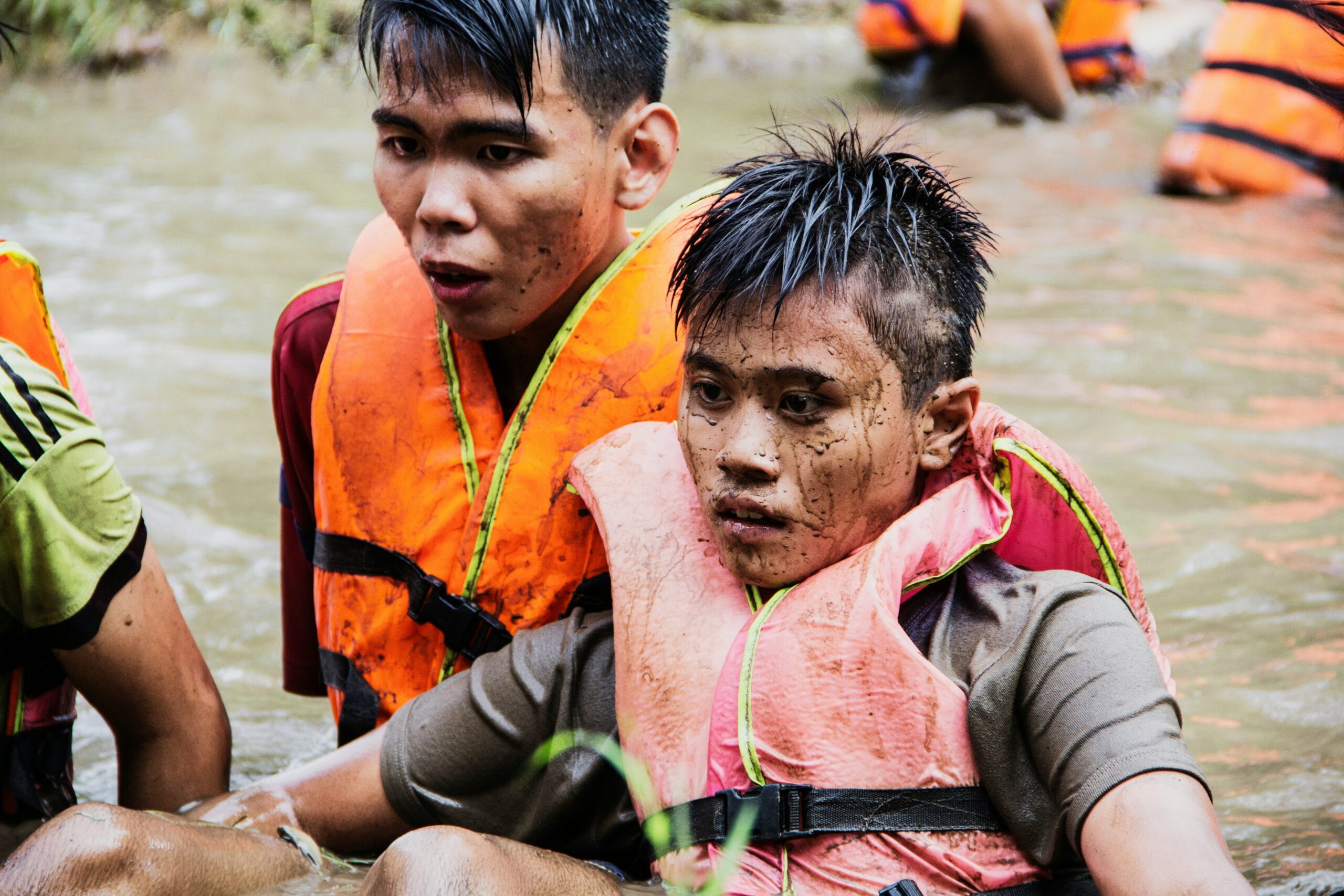Innovation Through Collaboration: Saving Lives During Disasters

When disasters strike, they leave behind chaos, uncertainty, and urgent needs. Earthquakes, hurricanes, floods, wildfires, and pandemics do not respect borders or timelines. They test the resilience of communities, governments, and organizations worldwide. In those crucial first hours and days, speed, coordination, and creativity decide whether lives are saved or lost.
Innovation thrives when people come together. Collaboration between governments, nonprofits, and businesses has demonstrated that combining skills, resources, and technology yields solutions that are far greater than what any single group could achieve on its own. By sharing knowledge and working as one, we can transform disaster response into a powerful force for saving lives.
The Value of Collective Strength
Each sector brings something unique. Governments provide leadership, policies, and access to infrastructure. Nonprofits bring community trust, local networks, and on-the-ground experience. Businesses contribute technology, logistics, and funding. When these strengths merge, they fill gaps and eliminate delays.
For example, during major hurricanes, governments can mobilize national defense forces, businesses can supply vehicles and warehouses, and nonprofits can distribute food and medical aid directly to families. None of these sectors could respond as effectively on their own. Unity creates a response that is fast, coordinated, and far-reaching.
Technology as a Lifeline
Modern disasters require more than physical supplies. Technology has become a lifeline. When companies share tools such as satellite imaging, mapping software, and mobile applications, responders can view damage in real-time and act with precision. These innovations enable teams to pinpoint isolated communities, assess their needs, and avoid wasting time and resources.
Technology also connects people. Mobile networks and messaging platforms enable families to stay connected, request assistance, and receive updates. During health emergencies, digital platforms provide accurate information and help reduce misinformation. This communication builds trust and encourages communities to follow life-saving guidance.
Knowledge Sharing Builds Smarter Responses
Collaboration is not only about sharing resources; it is also about sharing ideas and perspectives. When doctors, engineers, government leaders, and business experts sit at the same table, solutions emerge faster. An NGO might identify a problem, a company might propose a technical solution, and a government might provide the necessary scale to make it accessible.
This exchange of knowledge also helps communities prepare for future crises. Training local responders, sharing best practices, and improving early warning systems ensure that the lessons from one disaster make the world stronger for the next. By pooling insights, we reduce repeated mistakes and build smarter strategies.
Human Connection and Trust
In every crisis, trust is as important as food and medicine. People in disaster zones need to believe that help is arriving and that it will reach everyone fairly and equitably. Collaboration across sectors strengthens this trust. When a government, a nonprofit, and a business show unity, communities see that they are not alone.
Local participation is vital as well. Communities understand their own needs better than anyone else. When they are included in decision-making, the solutions are more effective and culturally appropriate. Working hand in hand with local leaders ensures that aid is received and utilized in the most effective way possible.
Resource Sharing for Maximum Impact
Resources are often stretched thin during emergencies. By sharing their resources, organizations and governments ensure that no community is left without support. Businesses may contribute funds or goods, governments can streamline customs and provide transport, and nonprofits can direct aid to those who need it most.
Sharing resources also avoids duplication. Instead of several groups delivering the same items to one location, coordinated partnerships ensure that aid is distributed across all affected areas. This ensures that every dollar, every meal, and every medical kit has maximum impact.
Building Resilient Futures Together
Disaster response does not end once the immediate danger is over. Recovery takes time, and communities often face years of rebuilding. Collaboration ensures that recovery goes beyond quick fixes to focus on resilience. Governments can design supportive policies, businesses can invest in infrastructure and job creation, and nonprofits can help rebuild communities in ways that address future risks.
When sectors invest together, recovery becomes an opportunity to build back stronger. Homes can be reconstructed to withstand future storms, healthcare systems can be reinforced, and local economies can be revitalized. These long-term outcomes make communities less vulnerable when the next crisis arrives.
A Blueprint for Tomorrow
The challenges facing our world are growing in frequency and scale. Climate change is fueling more severe weather, global health risks are rising, and conflicts continue to displace millions. These realities demand more than isolated responses—they require a blueprint built on collaboration.
By working together, governments, nonprofits, and businesses can harness innovation, share resources, and strengthen trust. This united approach saves lives in the short term and builds resilience for the long term. The power of collaboration lies not just in responding to disasters, but in transforming how we prepare for them.
Innovation Through Unity
Disasters will continue to test humanity, but they also reveal the best of what people can achieve when they work together. Innovation through collaboration turns challenges into opportunities, chaos into coordination, and tragedy into resilience. By uniting diverse strengths and sharing resources, governments, nonprofits, and businesses can save lives today and build safer, stronger communities for tomorrow.
Additional Information
- Blogs
- organizations worldwide, sharing resources, smarter strategies
- Dr. Seth Eidemiller